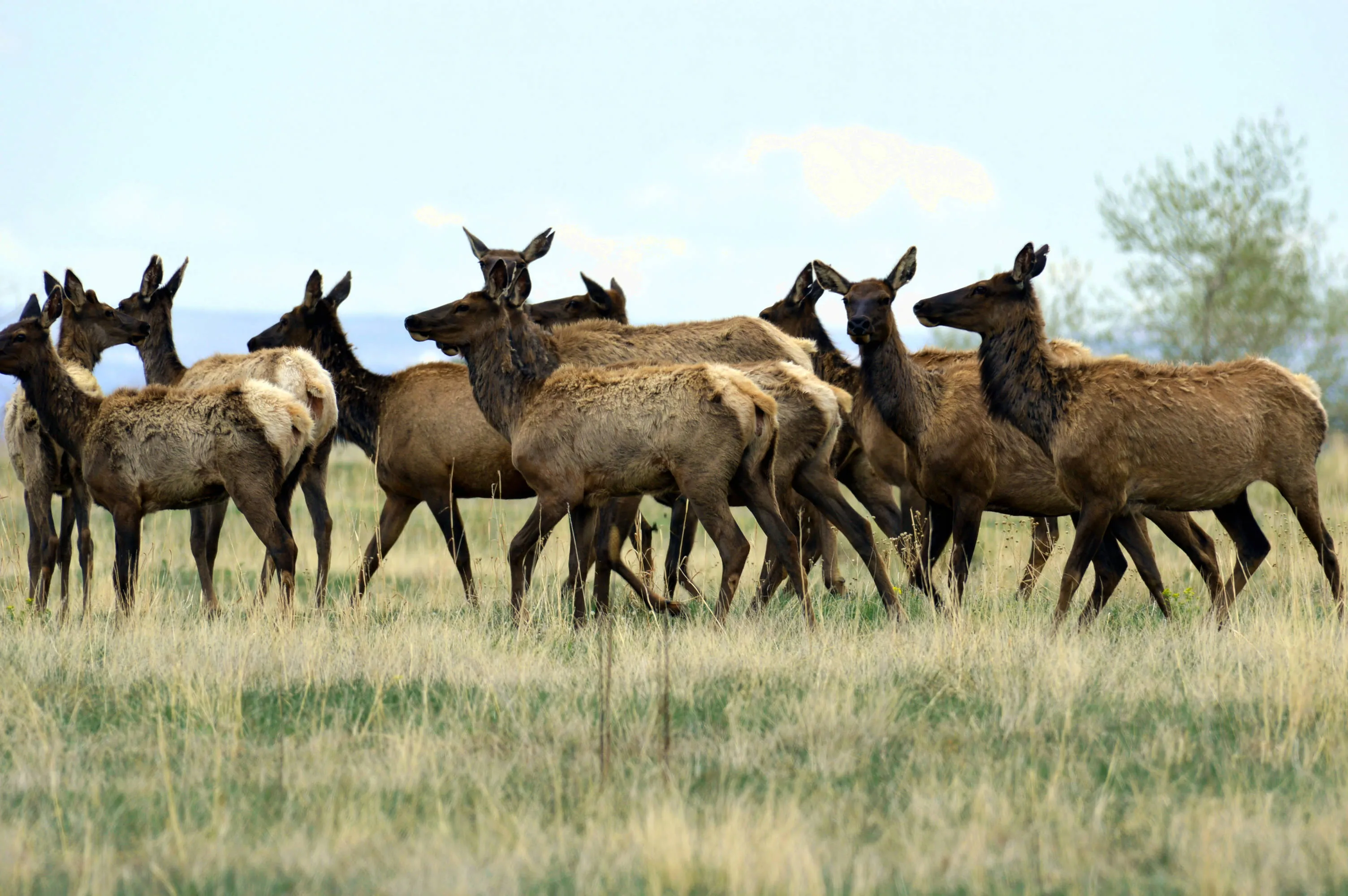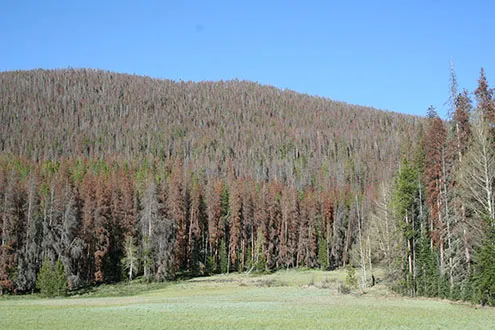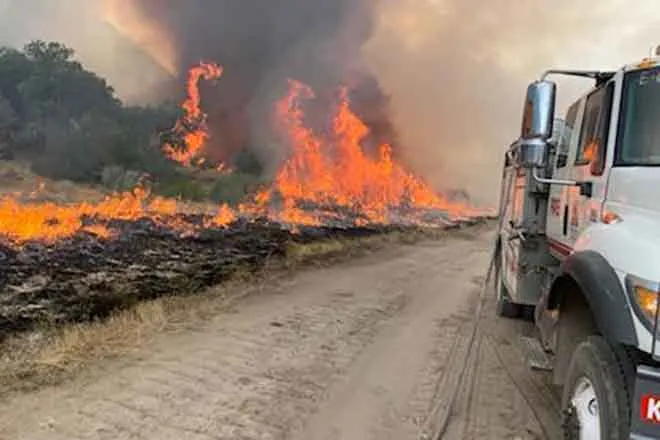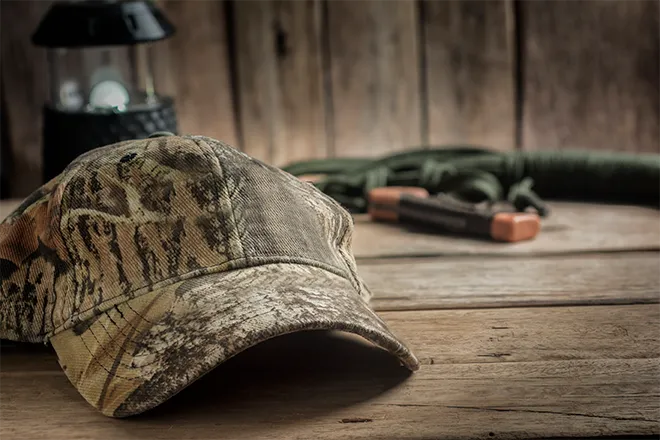
Hunting Tips - Common Hunting Violations can be Costly
Every hunting season, officers for Colorado Parks and Wildlife hand out hundreds of tickets for violations that cost hunters hundreds of thousands of dollars. While some of those tickets are for flagrant violations of wildlife regulations and hunting laws, many more are for minor violations that could have been avoided.
Hunters are reminded that not only can they be fined for violations, they can also lose their hunting privileges in Colorado and the 44 other states that cooperatively participate in a nationwide wildlife compact agreement.
Rick Basagoitia, area wildlife manager for the San Luis Valley, explained that hunters need to set aside some time to review the Colorado Big Game Brochure. The brochure explains many of the common violations and how to avoid them.
"Hunters must know their responsibilities when they get into the field," Basagoitia said. "Wildlife laws are written to protect a valuable resource and for safety."
Following are some of the more common violations that occur every year:
· Not wearing fluorescent orange or pink: You must wear at least 500 inches of daylight fluorescent orange/pink, including a head covering of the same color that can be seen from all directions. Mesh garments are legal but not recommended. Camouflage orange/pink does not qualify.
· Carrying loaded firearms in or on vehicles: Rifles must not have ammunition in the chamber while in or on any motor vehicles. For those riding OHVs, weapons (rifles and bows) must also be in a closed case and fully unloaded (chamber and magazine). Most accidents involving firearms occur in or near vehicles.
· Shooting from a road: Before firing a shot, you must be at least 50 feet off of a designated state or county road, and just off forest service or BLM roads. You also cannot shoot across a road.
· License not voided: After you kill an animal, you must void the license immediately.
· Improperly attached carcass tag: The carcass tag must be attached to the animal. The best way is to cut a hole in the hide and attach with a tie. It is OK to wait until you get the animal back to camp or to your vehicle to attach the carcass tag.
· No evidence of sex: Be sure to leave evidence of sex naturally attached to the carcass. Evidence includes the head, the vulva or the scrotum.
· Waste of game meat: Big game meat can begin to spoil at 38 degrees. To keep the carcass cool, remove the hide as soon as possible after the kill to allow for air to circulate around the meat. Reduce the mass of the carcass by quartering the meat or boning out the meat. Place the meat in a cooler as soon as possible. Even in cold weather, a carcass should not hang outside for more than 36 hours. Remember: Because game meat contains very little fat, it cannot be aged like beef. The so-called "gamey taste" is caused by spoilage, not because the animal is wild.
· To learn how to field dress a big game animal, see the video at: http://cpw.state.co.us/learn/Pages/HuntVideos.aspx.
· Shooting a spike-antlered elk: Hunters who hold a cow elk tag sometimes shoot spike bulls. Be sure of your target. If you are shooting at a long distance or in low light conditions, it can be difficult to see spike antlers. If you are not absolutely sure, do not shoot.
· Illegally tagging an animal: You can only place a tag on an animal that you shot. You cannot trade tags with other license holders, or use tags of other license holders.
















